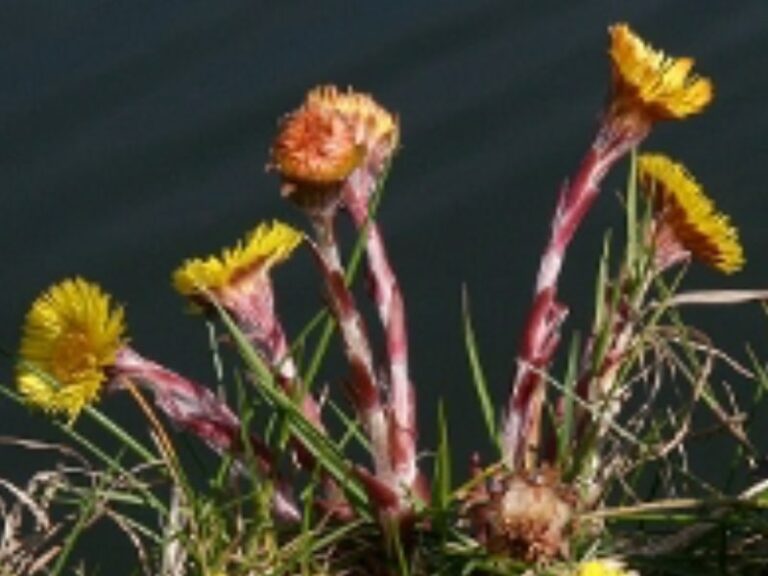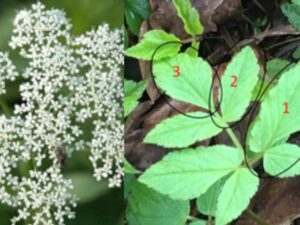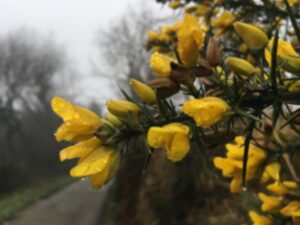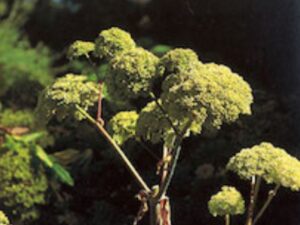Coltsfoot – Tussilago farfara flos
Native to Europe and found in waysides and hedgerows, and as a weed on arable land, these pretty hardy flowers can make a soothing, gentle syrup to help ease children’s coughs. The Latin name, Tussilago, means ‘to drive away a cough’ and is used very successfully for this purpose; the flowers especially are palatable and gentle enough for children. In modern herbal medicine it is used for chronic or acute bronchitis, irritating coughs, whooping cough and asthma; the flowers and leaves are generally used together. Seek them out and collect responsibly, or even better buy seeds or plants and have them as a useful addition to your garden. Enjoy.
Jayne
Recipe
Recipe for fresh coltsfoot flower syrup (from Herbalism for Health and Wellbeing by Sue Hawkey). Herb syrups make good remedies for giving to children.
Place 500g/1 ½ lb sugar or honey in a pan and add 1 litre/ 1 ¾ pints/ 4 cups water.
Heat gently, stirring, to dissolve the sugar / honey.
Add 150g / 5oz fresh coltsfoot flowers and heat gently for 5 min.
Turn off the heat and allow to steep overnight.
Strain and store in an airtight container in the fridge.
The sugar acts as a preservative, so a herb syrup will keep for 18 months.
And finally
Another lovely poem for this month from published poet and writer Nadia Kingsley:
Getting it off my chest, in February
I have to confess that, like a seventies supergroup – yes,
I knew the name of Coltsfoot but I couldn’t recognise it.
Far from fragile, those golden rays that, when I’d glanced
I had assumed were very early dandelions, rise instead
on downy stem that blushes red when touched by sun. More star
than flower, it stands in poor soil, or waterlogged, close to the edge;
there’ll be no leaves for months. And I am wondering: if I listen
carefully, along with sleepy half-starved bees, will I too hear its song?




